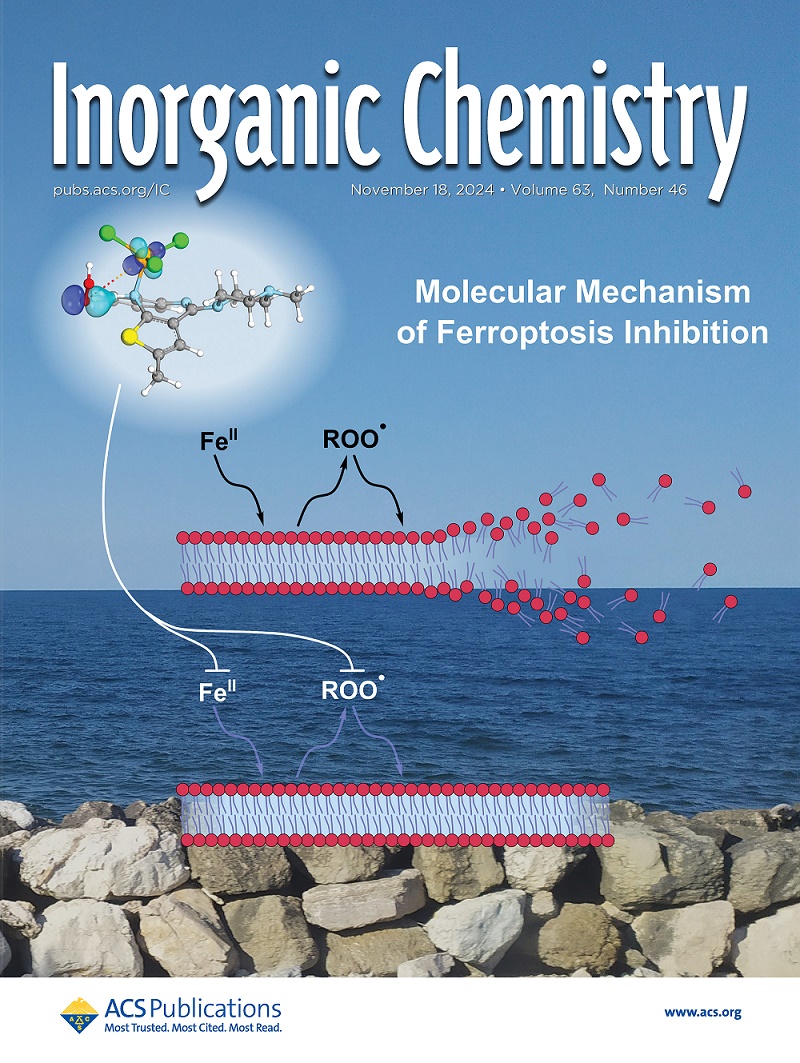Oxygen Atom Migration in Ni2P/TiO2 Heterostructures Dynamically Regulates the Electrocatalytic CO2 Reduction Pathway
IF 4.3
2区 化学
Q1 CHEMISTRY, INORGANIC & NUCLEAR
引用次数: 0
Abstract
Transition metal phosphides (TMPs) are widely applied in electrocatalytic reactions, such as the hydrogen evolution reaction (HER), due to their excellent physicochemical properties. However, when utilized in CO2 reduction reactions, severe hydrogen evolution limits the activation of CO2 molecules. In this study, oxygen atoms were successfully migrated from TiO2 into Ni2P nanoparticles through a simple impregnation and low-temperature phosphidation process, constructing an O–Ni2P/TiO2 nanowire array electrode that modulates the surface electronic structure, inhibits hydrogen evolution, and promotes CO2 activation. At a potential of −0.4 V (vs RHE), the CH4 production rate reached 1.46 μmol·h–1·cm–2, with a Faraday efficiency of 11.8%, and maintained long-term stability during the 36-h electrocatalytic process. In situ infrared spectroscopy revealed that CO* and CH3* intermediates are easily formed on the surface of the material, which are key intermediates directly related to the CO2 to CH4. Further density functional theory (DFT) calculations indicated that the oxygen-doped Ni2P surface has a lower barrier for the formation of CHO*, thereby facilitating the conversion of CO2 to CH4.

求助全文
约1分钟内获得全文
求助全文
来源期刊

Inorganic Chemistry
化学-无机化学与核化学
CiteScore
7.60
自引率
13.00%
发文量
1960
审稿时长
1.9 months
期刊介绍:
Inorganic Chemistry publishes fundamental studies in all phases of inorganic chemistry. Coverage includes experimental and theoretical reports on quantitative studies of structure and thermodynamics, kinetics, mechanisms of inorganic reactions, bioinorganic chemistry, and relevant aspects of organometallic chemistry, solid-state phenomena, and chemical bonding theory. Emphasis is placed on the synthesis, structure, thermodynamics, reactivity, spectroscopy, and bonding properties of significant new and known compounds.
 求助内容:
求助内容: 应助结果提醒方式:
应助结果提醒方式:


